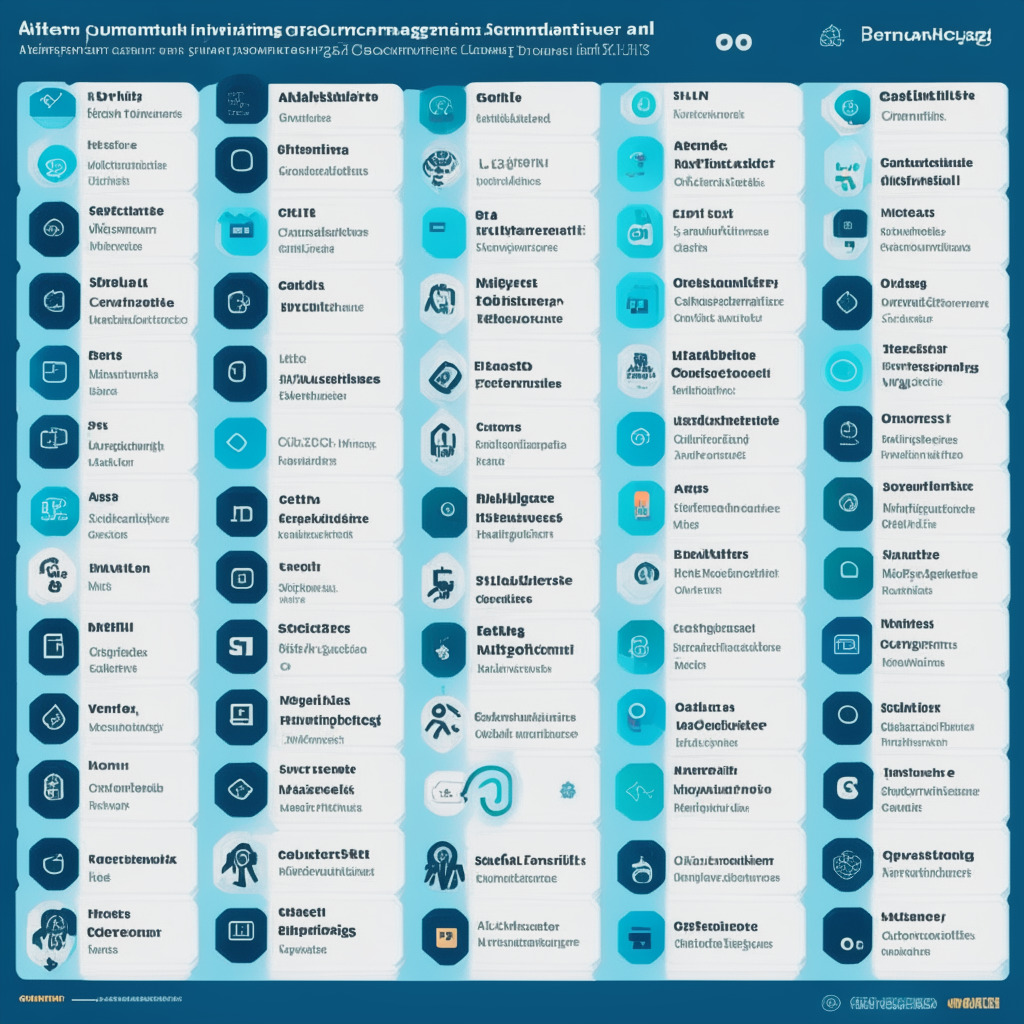In a rapidly evolving landscape such as the crypto world, the gray line between borrowing and plagiarizing code is being questioned. Polygon Zero, a segment known for zero-knowledge scaling, accuses Matter Labs of emulating an appreciable amount of source code from its Plonky2 library. The alleged copied code was discovered in zkSync, an Ethereum layer-2 scaling solution, also developed by Matter Labs.
The ignited feud found its roots when Matter Labs rolled out a proving system called Boojum, which Polygon Zero asserts, has substantial portions of code mimicked from critical facets of its recursive SNARK Plonky2. The latter refers to a cryptographic proof tactic, where one party proves a statement’s validity to another without uncovering extra details.
Polygon Zero raises concerns about Matter Labs’ lack of acknowledgment to the original authors suggesting that the disputed code was implemented sans the antecedent copyrights or evident accreditation. The striking resemblance between Boojum and Plonky2 is not just about the code, but it also flows into their strategy of escalating soundness in a minor field and applying similar custom gates to recursively verify with efficiency.
One point of contention that has spiked eyebrows is the claim of Boojum being ten times faster than Plonky2. If the kernel of the performance-related arithmetic code is gleaned from Plonky2, this assertion appears to be more of a marketing gimmick than a reality.
The apprehensions brought forward by Polygon Zero have a more profound underlying issue. It underscores the importance of crediting original work but also underscores that the alleged copying is more than just about Poseidon constants from Plonky2. The overemphasis is on the striking similarities of Boojum’s design with Plonky2, which also contains verbatim copied code.
Plagiarism is not a newcomer to the crypto community, with accusations flying over within the industry. While copying may be the ultimate form of flattery, it should ideally not plunge into the territory of plagiarism and go against the ethos of a community looking to push technology boundaries.
Is sharing code a way to boost innovation, or does it curtail originality and competition? While the crypto community comes down on either side of this argument, it will be interesting to monitor how this spat develops and the implications it has for future collaborations or conflicts in this space.
Source: Cointelegraph




